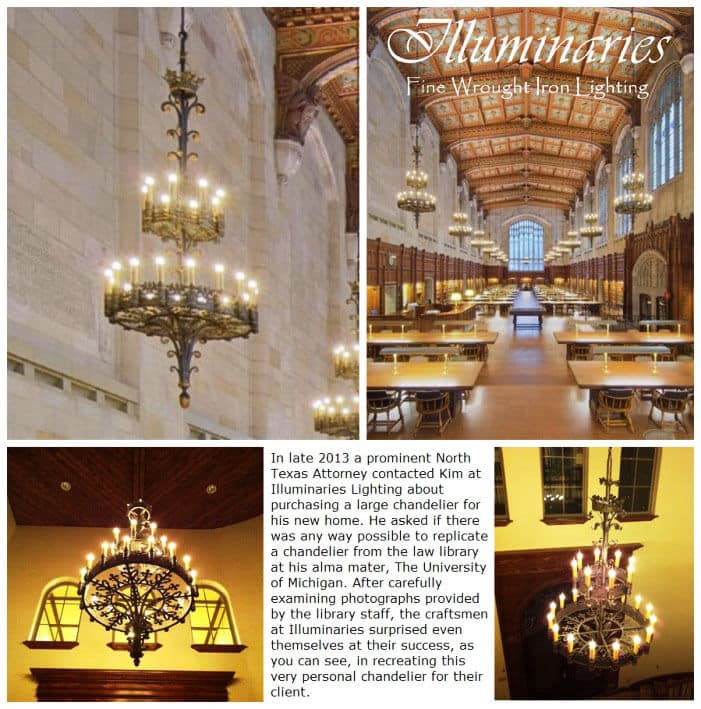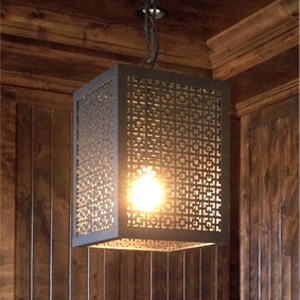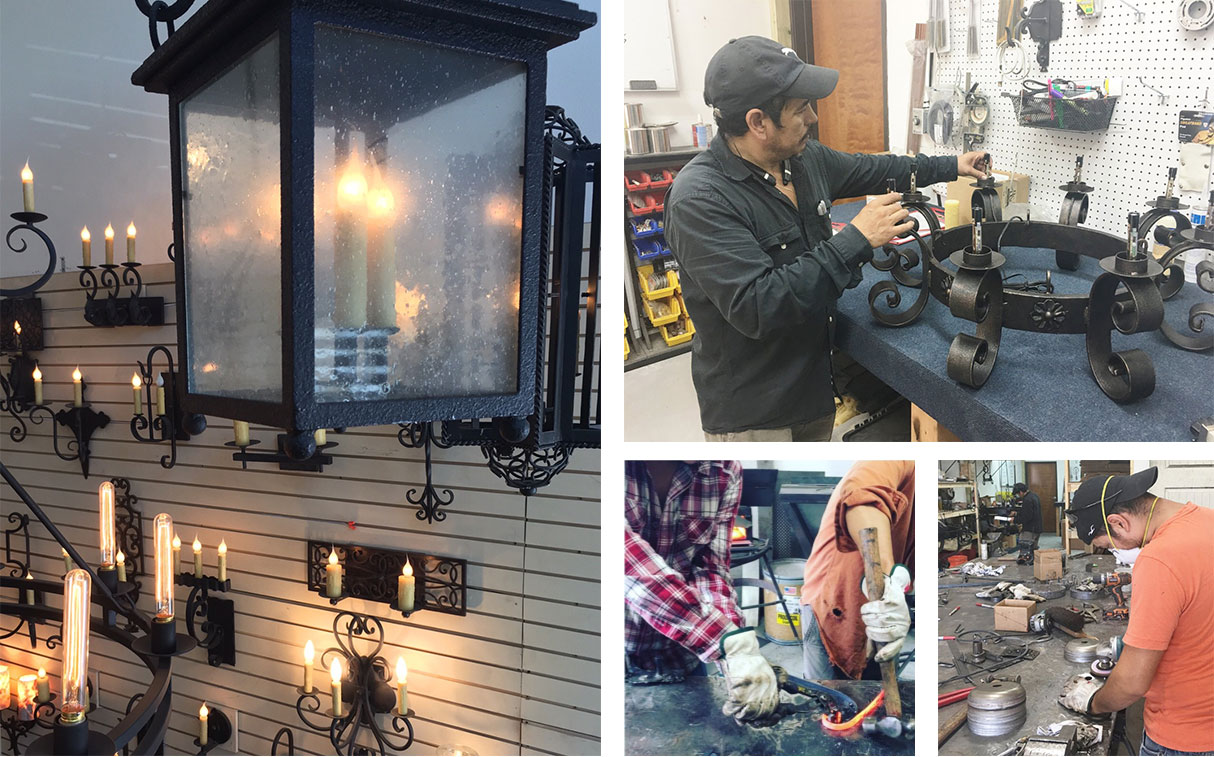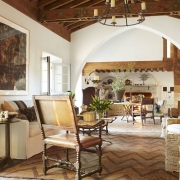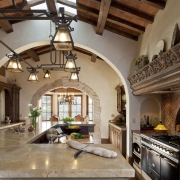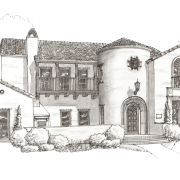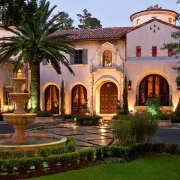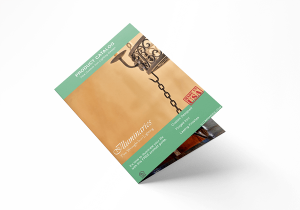A Brief History Of Chandelier Materials
Looking at the array of styles and materials available for a chandelier design can be absolutely dizzying. Where did these classic silhouettes and passed down pieces of craftsmanship come from? Here’s a mini guide to different materials and lighting used through history for these unique light fixtures, all of which inspire artisans today!

Materials
Different materials evoke different eras and personalities. Wood is less common today, but still an option occasionally, simple and malleable. In fact, the very first ancestors of chandeliers were crossed wooden boards with candles for light during Medieval times.
When it comes to wrought iron chandeliers rustic is what comes to mind, as they harken to simple welded and forged creations as far back as the American Civil War era, where wrought iron lights (and weapons, and railroads) reached peak demand.
Crystals are elegant, but secretly practical, too. Cut glass and crystals were popular in many Victorian chandelier designs because the facets of the crystal reflected light all around the room at a time when light was somewhat expensive and dim.
Nowadays, rustic chandeliers and modern chandeliers alike can be practically any material with the right craftsperson directing the design. Wrought iron chandeliers rustically crafted with elegant swirls and loops gives off just as much class as a crystal or metal design.
Lighting Choices
Of course, the first chandeliers used candles. A candlelight chandelier is still romantic today!
In the mid 1800s, gas chandeliers (sometimes portmanteau’d as “gasoliers”) became popular as gas lighting became common in well-off households. With electric emerging in the 1890s, occasionally you could find a chandelier that ran off a combination of gas and electricity.
From around 1900 to modern times, electric the main mode of function for almost all chandelier lighting. That being said, the kind of electric bulbs have changed. For example, around 56% of homeowners in 2017 said they use LED lighting in their home. LEDS are a reasonable choice for a chandelier, especially since multiple bulbs running at once can rack up your electric bill. Residential LED lights typically use at least 75% less energy than incandescent lights. As a bonus, they also last up to 25 times longer!
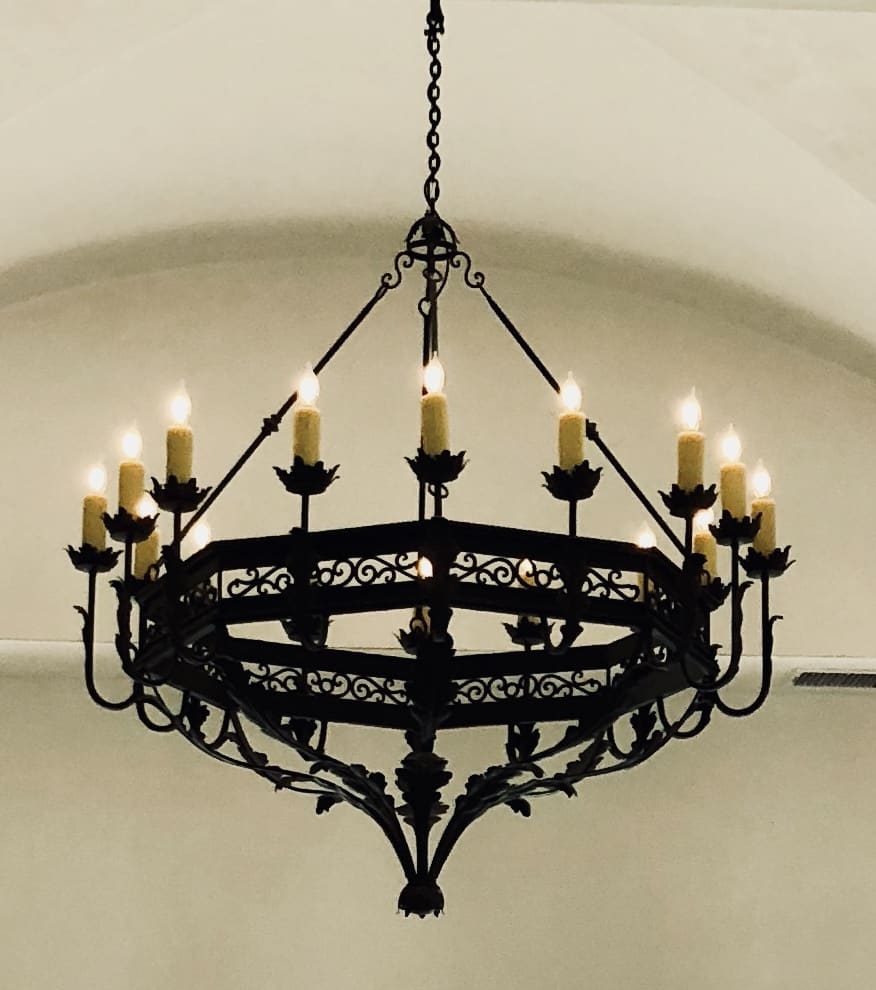
Glorious Angel
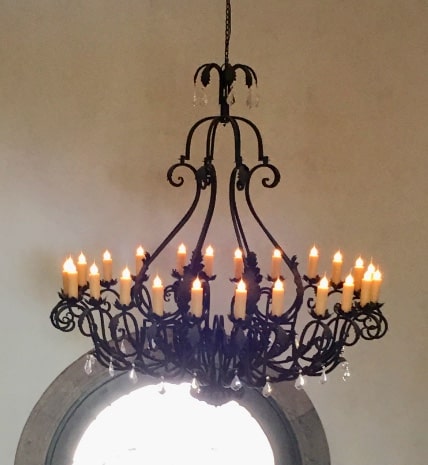
Grand Joya
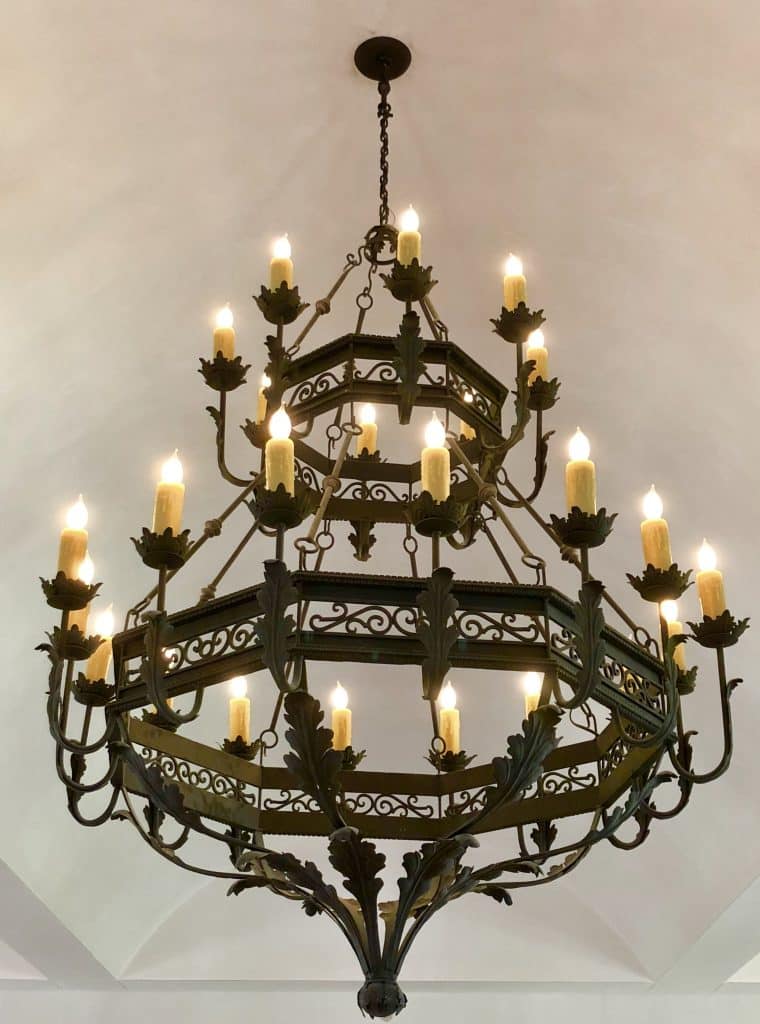
Archangles

Now that you know what basic materials to look out for, start looking up beautiful classic shapes. Try these first: Montgolfière chandelier, panikadilo, and Venetian style. As any chandelier craftsperson will tell you, there’s no shortage of inspiration!

